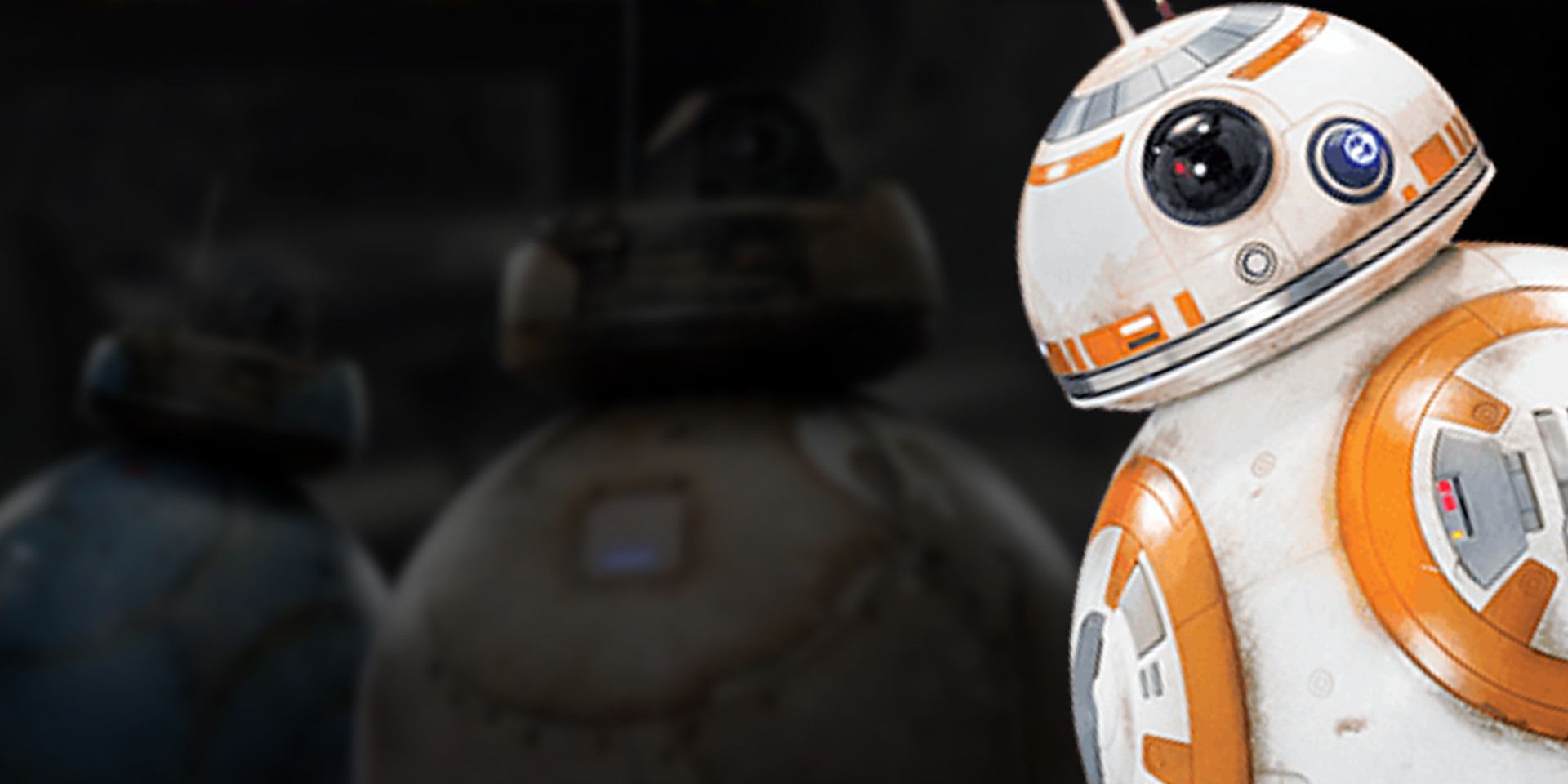The latest episode of Science and Star Wars explores just how close we are to having real-life helper droids. One of the most iconic aspects of Star Wars are the quirky droids like C-3PO, R2-D2 and BB-8, which provide everything from aiding in starfighter assaults to translating thousands of languages and, are often, a source of hilarious comic relief.
Hosted by Anthony Carboni, Science and Star Wars is a new web series found on the official Star Wars Facebook page that explores the science behind the science fiction/fantasy franchise, just how close real-world scientists are coming to emulate the technology and how the franchise has inspired some of science’s greatest innovations. Last week’s premiere episode focused on the science behind lightsabers and whether or not you can create one of the galaxy's deadliest weapons in real life, this week they are exploring just how close we are getting to inventing real-life droids to help us in our day-to-day lives.
Related: Explore the Real Science Behind Star Wars
In this week’s episode titled Helper Droids, Carboni and IBM’s supercomputer Watson break down just how helpful the droids are in the Star Wars universe. The friendly bots contain everything from mechanical interfaces, welding tools, rockets and hologram projectors on top of being able to pilot everything from X-wings to starfighters. Of course, not every droid is friendly like BB-8, there are also battle droids which were heavily present in the prequel saga and the animated The Clone Wars series that wreaked havoc throughout the galaxy under control of the Separatists.
Droids aren’t only present in the Star Wars universe though, we already have helper robots present in hospitals, airports, warehouses and even in our own homes with robot vacuums. These robots aren’t nearly as complex as R2-D2; in order to create a droid like the titular character the episode explains that we would need an array of parts including a logic function display, an overload heat vent, interface pulse stabilizers, a holo projector, signal amplifiers, data card readers, rocket thrusters and more.
This hasn’t stopped scientists from creating some amazing technology though. At the University of California, San Francisco, there are robots that transport large objects around the hospital allowing the people who work there to spend more time with their patients. At NASA, we have Robonaut – a robot astronaut who can mimic the actions of a human, and then there’s Olli - a smart vehicle that uses Watson to communicate with riders and bring them to destinations based on their needs with an emotional connection, like the one R2-D2 makes with his human counterparts. Speaking of Watson, experts at IBM have created TJBot, a bot you can create at home that teaches you how to code your very own AI robot.
While we are making huge strides in AI and Watson technology, it’s going to be a long time (if ever) before we’ll see droids like the ones in Star Wars following us around and helping us during our daily lives. Carboni doesn’t have time to wait though, so he teams up with Mike Senna and Michael McMaster from the R2 Builder’s Club and who helped Disney and Lucasfilm build and maintain their droids to create a real-life droid with Watson technology resulting in a life-sized droid that's startlingly realistic.
Next: BB-9E Isn't The First Evil Twin Droid In Star Wars
Screen Rant will keep you updated with all Science and Star Wars news.
Source: Star Wars Official Facebook Page





